What plants are you hybridizing?
John - 6a/7b NJ
23 years ago
Related Stories

EDIBLE GARDENSGrow Plum Hybrids for Your Favorite Fruit Flavors
Plums are cozying up with apricots, peaches and even cherries — here’s how to grow these hybrids for the best aspects of each
Full Story
REMODELING GUIDESRammed Earth: Old Meets New in Hybrid Material
An ancient technique lends itself to more sustainable contemporary home designs
Full Story
FLOWERS AND PLANTSPlant Ilex Cassine for a Privacy Screen That Feeds the Birds
Dahoon and its hybrids provide lovely evergreen foliage in southeastern U.S. gardens
Full Story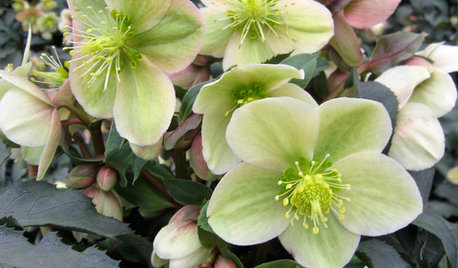
WINTER GARDENINGGreat Design Plant: Gold Collection Hellebores Perform Like Stars
Exciting colors, longer bloom times, forward-facing flowers ... These hybrids leave old hellebores in the dust
Full Story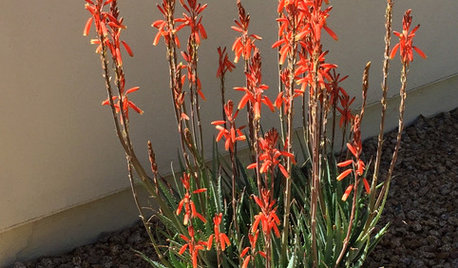
GARDENING GUIDESGreat Design Plant: Aloe ‘Blue Elf’
This compact, sun-loving aloe hybrid thrives where many aloes don’t
Full Story
FLOWERSRudbeckia Mania: Go Beyond Black-Eyed Susan in the Garden
Branch out from typical nursery fare, with lesser-known Rudbeckia species that have delightfully unexpected features
Full Story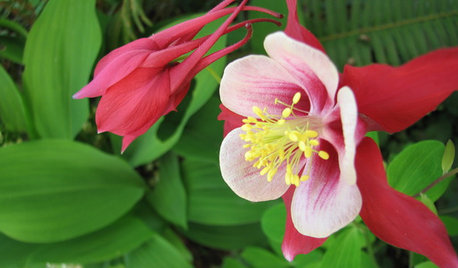
GARDENING FOR BUTTERFLIESGreat Design Plant: Columbine Grows Happily in Shade and Sun
Its ethereal beauty comes from complex forms and wide-ranging colors, but columbine’s benefits are highly attractive too
Full Story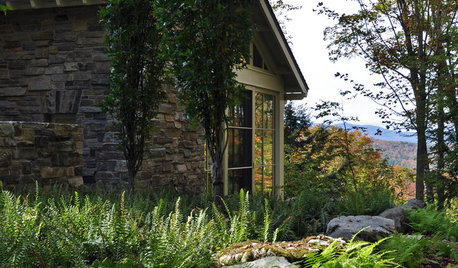
GARDENING GUIDESGreat Design Plant: Athyrium Filix-Femina
If you need a well-mannered plant that shines in the shade, lady fern is for you
Full Story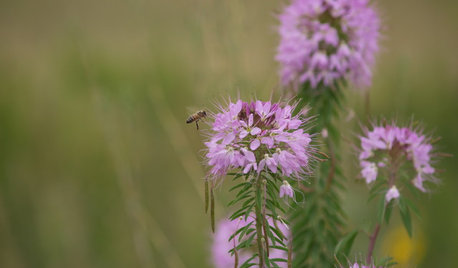
GARDENING GUIDESGreat Design Plant: Cleome Serrulata
Beckon bees and other pollinators in for a drink of nectar from this western U.S. native’s late-summer flowers
Full Story
GARDENING GUIDESGreat Design Plant: Wild Lupine Dresses Up Rocky Gardens
Spiky blue flowers and a high tolerance for poor soil make this plant ideal for tough sites
Full StoryMore Discussions






Ailsa M. Zinns
Jon Dixon - Northern California
Related Professionals
Beavercreek Landscape Architects & Landscape Designers · Fort Lee Landscape Architects & Landscape Designers · Jennings Landscape Architects & Landscape Designers · Tomball Landscape Architects & Landscape Designers · Newcastle Landscape Architects & Landscape Designers · Broomfield Landscape Contractors · Byram Landscape Contractors · Hickory Hills Landscape Contractors · Holland Landscape Contractors · Kettering Landscape Contractors · Candler-McAfee Fence Contractors · Collierville Fence Contractors · Fort Worth Fence Contractors · Zion Fence Contractors · Santa Fe Fence ContractorsJohn Boggan - Washington, DC
John - 6b/7a NJ
Jon Dixon - Northern California
Jan Clark - 9
Joseph Tychonievich - 6
Jim Towle - 5...New Hampshire
Pam - 5
John - 6b/7a NJ
Pierre Rutten - 9
Rotc - ID
Patty
hendy
Pardancanda 7 NJ
Abutilon 6/5 sw PA
calgarykid 3 canada
maxfarms 6a
Tim Murphy UK
exculery
Jon 10
Inta
CJMaciejeski
Enrique Munoz Ramirez 95116
Fadjar Marta
Kevin
christyann_WA
naturalist
nora_in_vancouver
new_knees5
Pijaya
Poopsie
aker
steve43
Roy
haystackmtn
frederico
trishohiozone5_6
springbeee
NorCalMom
buffy690
nlin0273
Patricia
lewist
ccdry
rozegarten1
zen_man
ninecrow
jamesmaloy
zen_man